



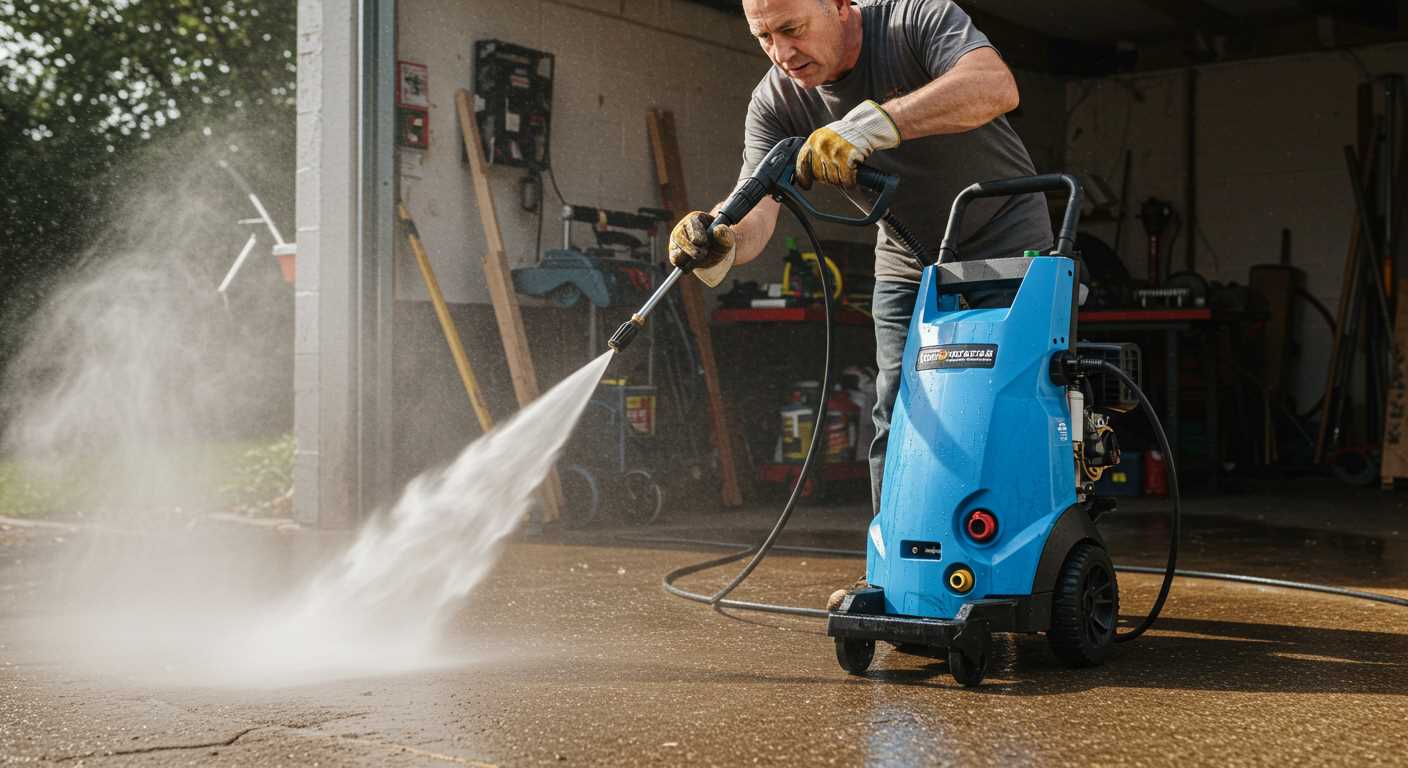
Adjusting the pressure on your cleaning device is not only feasible, but it’s also a fundamental skill to master for optimal performance. From my years of experience in the cleaning equipment industry, I can confirm that the ability to tailor the intensity of the stream can significantly impact the effectiveness of your cleaning tasks. For instance, when dealing with delicate surfaces like wood decks, a lower setting can prevent damage while still providing a thorough clean.
Many models come equipped with a pressure-regulating feature, often found on the trigger gun or integrated into the machine itself. This allows for quick adjustments between tasks, saving time and ensuring that you use the right pressure for each job. Remember, using high pressure on soft materials can lead to irreversible damage, so understanding how to modify these settings is crucial for maintaining the integrity of your surfaces.
In my experience, switching nozzles is another effective strategy. Different nozzles provide varying angles and pressures, allowing you to adapt to specific cleaning scenarios. For example, a 25-degree nozzle is ideal for general cleaning, while a 0-degree nozzle delivers a concentrated jet suitable for stubborn stains. This versatility ensures that you tackle each cleaning project with the appropriate force.
Always consult your user manual for specific guidance on your model, as each machine may have unique features. By familiarising yourself with these settings, you’ll streamline your cleaning process and achieve the best results possible. Tailoring the force of your cleaning equipment is an invaluable skill that enhances both efficiency and outcomes in your cleaning routines.
Understanding PSI and its Importance in Pressure Washing
Selecting the right pressure level is paramount for achieving optimal cleaning results. Higher values can strip paint or damage delicate surfaces, while lower levels may not effectively remove grime and dirt. My experience has taught me that understanding the nuances of pressure settings is the key to successful cleaning.
When I first started in this field, I often encountered customers unsure about the appropriate settings for their tasks. For instance, washing a vehicle requires a much gentler approach compared to tackling a concrete driveway. The following table outlines recommended PSI ranges for various applications:
| Application | Recommended PSI |
|---|---|
| Washing Cars | 1200 – 1900 |
| Cleaning Decks | 1500 – 3000 |
| Concrete Surfaces | 2500 – 3000 |
| Home Siding | 1500 – 2500 |
In my early days, I mistakenly used a high setting on my vehicle, thinking it would make the job easier. Instead, I ended up with paint damage that required costly repairs. This experience reinforced the importance of knowing the proper settings for different cleaning tasks.
Another factor to consider is nozzle types. Different nozzles alter the spray pattern and impact, allowing for more precise cleaning. A wide spray is ideal for large surfaces, while a narrow stream is better for tough stains. Pairing the right nozzle with the correct pressure level can significantly enhance your cleaning efficiency.
For those looking to enhance their cleaning routine, consider using products like the best car wax for pressure washer. This not only protects your vehicle’s exterior but also improves the overall finish after washing.
In summary, understanding these elements can transform your cleaning tasks from a chore into a rewarding experience. Knowing how to adapt the levels and tools to suit specific jobs is what sets apart a novice from a seasoned cleaner.
Types of Pressure Washers and Their PSI Capabilities
Understanding the various types of cleaning machines on the market, along with their pressure ratings, is vital for selecting the right one for your task. Here are the main types and their capabilities:
-
Electric Models:
- Typical pressure ranges: 1300 to 2000 PSI.
- Best suited for light to medium-duty tasks such as washing cars, patios, and garden furniture.
- Convenient for residential use due to lower noise levels and ease of maintenance.
-
Gas-Powered Units:
- Common pressure ratings: 2000 to 4000 PSI.
- Ideal for heavy-duty applications like removing stubborn dirt from driveways or siding.
- More portable, but require regular maintenance and fuel management.
-
Commercial Models:
- Pressure capabilities: 3000 to 5000 PSI.
- Designed for prolonged use and tougher jobs, including industrial cleaning and large-scale projects.
- Typically built with durable components to withstand frequent use.
-
Hot Water Cleaners:
- Pressure ranges: 1500 to 3000 PSI.
- Hot water is effective for grease and oil removal, making them suitable for automotive applications.
- More complex to operate but highly effective for specific cleaning tasks.
In my experience, selecting a machine with the right pressure capability can make a significant difference in the outcome. For instance, I once used an electric model on a stone patio. While it was manageable, it took much longer than expected. Switching to a gas-powered machine for a similar task later made the job not only quicker but also more efficient. Always assess the job requirements before making a decision on the type of equipment.
Keep in mind that higher pressure isn’t always better. It’s not unusual to damage softer surfaces with excessive force. Always refer to the manufacturer’s guidelines for surface compatibility. For instance, while tackling painted surfaces or delicate wood, a lower setting is advisable to avoid peeling or gouging.
By understanding the capabilities of different models, you can choose the right equipment to achieve the desired results without unnecessary hassle.
How to Check the Current PSI of Your Pressure Washer
To determine the current pressure output, use a pressure gauge. Attach it directly to the nozzle of your cleaning device where the spray wand connects. Make sure the connection is secure to prevent any leaks during the measurement process.
Steps to Measure Pressure
1. Turn on the machine and let it run for a minute to stabilise the pressure. This ensures that you’re getting an accurate reading.
2. With the trigger released, check the gauge. It should indicate the maximum pressure the machine is delivering. If you’re using a model with adjustable settings, try testing at various levels to see how the output changes.
3. Note the reading. If it aligns with the manufacturer’s specifications, your device is functioning correctly. If it falls short, further investigation may be necessary to identify any issues.
Interpreting the Results
When you see the gauge reading, compare it against the specifications listed in the user manual. A significant difference might suggest a malfunction or the need for maintenance. Over time, wear and tear can impact performance, so regular checks are advisable.
In some instances, you may find that the output pressure is lower than expected due to nozzle blockages or hose kinks. Inspect these components to ensure optimal operation.
Adjusting PSI on Electric Pressure Washers
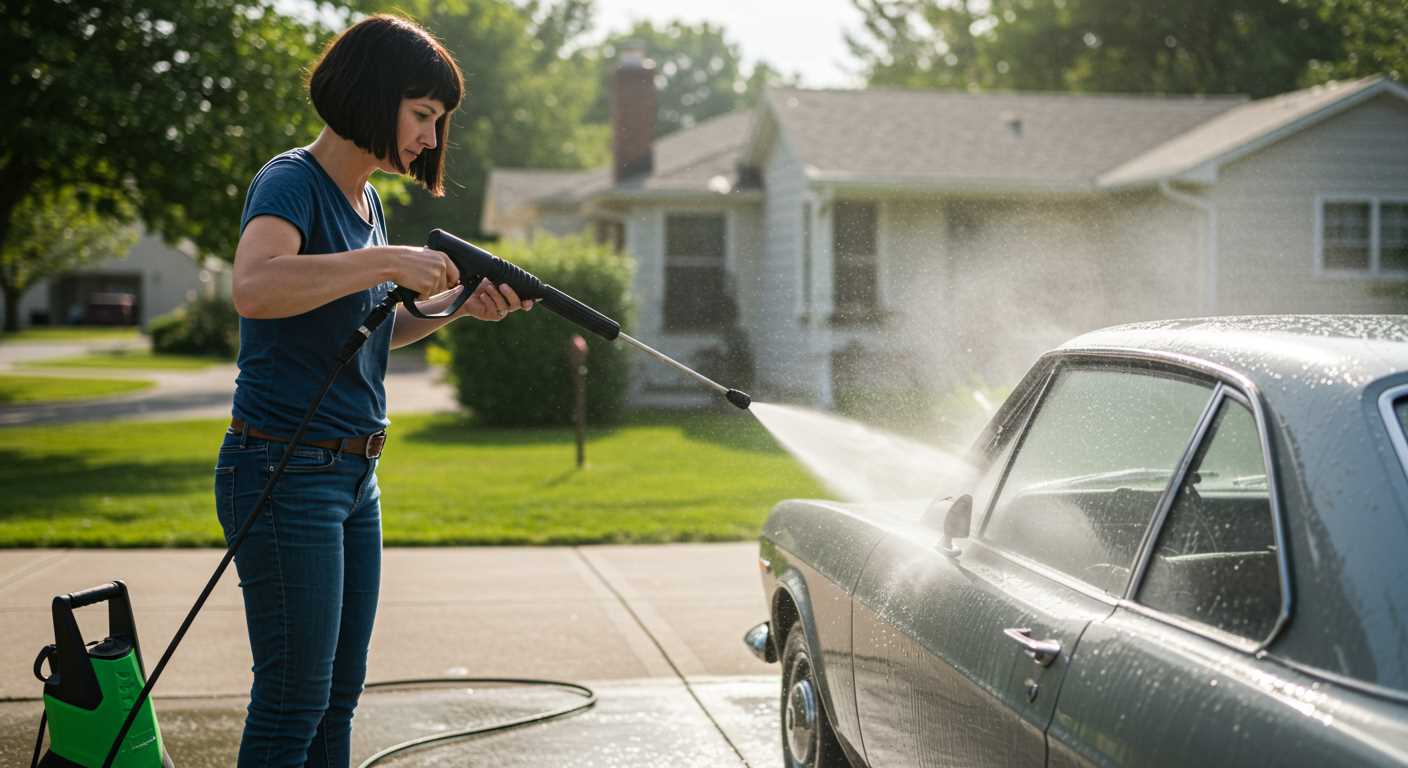
For electric models, modifying the output pressure is often built into the design, allowing for seamless transitions between different tasks. Here’s how to achieve that:
-
Check the User Manual: Always start by referring to the manual specific to your unit. Manufacturers often provide detailed instructions on adjusting settings, ensuring you don’t void the warranty.
-
Identify the Pressure Control Feature: Many electric models come with a pressure control knob or dial. Locate this on your machine. It typically sits near the handle or on the front panel.
-
Adjust the Dial: Turn the knob to increase or decrease the output. For delicate surfaces like car paint, a lower setting is advisable. Conversely, tougher surfaces can handle higher settings.
-
Test the Adjustment: After making changes, perform a quick test spray on an inconspicuous area. This helps ensure the new setting is appropriate for your intended surface.
-
Monitor for Consistency: Watch for any fluctuations in pressure during use. If the output isn’t stable, it may indicate a need for maintenance or further adjustments.
Throughout my career, I’ve seen many users overlook the adjustment features, opting for a one-size-fits-all approach. Each job requires a tailored setting–whether you’re removing grime from a patio or cleaning a vehicle. Don’t underestimate the impact of these adjustments; they can mean the difference between effective cleaning and unnecessary damage.
Also, remember that some models might have fixed pressure settings. If that’s the case, consider investing in a unit that offers more versatility for different cleaning tasks.
Adjusting PSI on Gas-Powered Pressure Washers
To modify the pressure output on a gas-powered machine, locate the unloader valve, typically found near the pump. This component regulates the water flow and pressure. Turning the adjustment knob clockwise generally increases the output, while counterclockwise decreases it.
Before making changes, ensure the unit is running at full throttle. This allows you to gauge the pressure accurately as the engine operates at its peak capacity. Remember, each model may have specific guidelines, so consult the user manual for precise instructions tailored to your equipment.
In my experience, I once had a client struggling to clean their driveway effectively. After inspecting their machine, I noticed the unloader valve was set too low. A simple adjustment boosted the output significantly, transforming their cleaning experience. That day reinforced how vital it is to understand your tools and their capabilities.
Always wear protective gear while adjusting settings. High-pressure water can cause injuries if mishandled. Once the desired pressure is set, test it on a small, inconspicuous area before tackling the entire surface to avoid damage.
Maintaining a consistent pressure level is key for optimal results. Regularly check the adjustment mechanism, as vibrations during use can sometimes cause it to shift. Keeping a close eye on this ensures your cleaning tasks remain efficient and effective.
Common Tools Needed for PSI Adjustment
To modify the force output of your cleaning device effectively, a few key instruments are necessary. Start with a pressure gauge, which allows accurate measurement of the current output, ensuring any adjustments are based on precise data. A reliable wrench set is also essential; you’ll need them to tighten or loosen fittings or nozzles. For electric models, a screwdriver can come in handy, especially for accessing internal settings.
Additional Useful Tools
If you’re working with a gas model, having a multimeter is beneficial for checking electrical components, ensuring everything is functioning optimally. A hose clamp can assist in securing hoses tightly, preventing leaks during operation. Lastly, a lubricant spray can help maintain moving parts, ensuring longevity and performance of your equipment.
Safety Precautions When Adjusting PSI
Always wear protective eyewear when modifying pressure levels. Debris and water can splatter unexpectedly, so safeguarding your eyes is paramount. Thick gloves are also advisable to prevent injuries from sharp components or hot surfaces.
Before initiating any modifications, disconnect the power source or fuel supply. This prevents accidental activation while working on the equipment, significantly reducing the risk of injuries.
Ensure the machine is on a stable surface. An unstable setup can lead to loss of control when handling hoses or fittings. Position the washer on a flat area, away from any potential hazards.
Be aware of the existing pressure settings. Familiarise yourself with the current configuration before making changes. This knowledge helps in understanding how much adjustment is necessary and prevents over-exertion of the equipment.
Use the correct tools for any adjustments. Using inappropriate tools can damage components or cause injury. A torque wrench may be useful for precise settings on gas-powered models, while a simple dial or knob suffices for electric models.
During modifications, avoid placing hands near moving parts or hoses under pressure. A sudden release can cause injury. Always check hoses for wear or leaks before starting work.
| Precaution | Description |
|---|---|
| Protective Eyewear | Prevents eye injuries from debris and splashes. |
| Disconnect Power | Eliminates the risk of accidental activation. |
| Stable Surface | Reduces the chance of losing control during adjustments. |
| Familiarity with Settings | Helps in understanding necessary changes. |
| Correct Tools | Prevents damage and ensures safety during modifications. |
| Avoid Moving Parts | Protects against injuries from sudden releases. |
After completing adjustments, conduct a thorough inspection of all connections and settings. This ensures everything is secure and functioning correctly, minimising the chance of accidents during operation.
Always refer to the manufacturer’s guidelines for specific instructions and safety recommendations. Each model has unique features and safety requirements that must be adhered to for optimal performance and safety.
Impact of PSI Adjustment on Cleaning Performance
Altering the pressure settings on your cleaning equipment can significantly enhance or hinder its effectiveness. I remember a particular instance where I was tasked with cleaning an old, weathered patio. Initially, I opted for a higher setting, thinking it would swiftly remove the ingrained dirt. Instead, it ended up damaging the surface. This experience taught me the importance of finding the right balance.
Finding the Optimal Setting
Adjusting the force not only affects the removal of grime but also influences the surrounding areas. For delicate surfaces like wood or painted surfaces, a lower setting is essential to prevent any potential damage. Conversely, tougher surfaces like concrete can benefit from higher settings to tackle stubborn stains. In practice, I often start at a medium level and gradually increase it, monitoring the results closely. This method ensures that I don’t inadvertently cause more harm than good.
Efficiency and Time Management
Effective adjustments can lead to a noticeable reduction in time spent on cleaning tasks. When I fine-tune the pressure according to the surface type, I find that the cleaning process becomes quicker. A well-optimised force means fewer passes over the same area, which ultimately saves time and energy. I recall a job where I switched between settings based on the type of dirt and surface, and it cut my cleaning time in half. Always remember, an informed adjustment can transform a laborious task into a straightforward one.
In summary, being mindful of the pressure settings directly impacts cleaning performance. It’s all about knowing your equipment and the surfaces you’re working with. Experience has shown me that a thoughtful approach leads to better results and a more satisfying cleaning experience.
Troubleshooting Issues After PSI Adjustment
After modifying the pressure levels, several issues may arise that require immediate attention. Addressing these problems quickly ensures optimal performance and extends the lifespan of the equipment.
Common Problems and Solutions
- Low Water Flow: If the flow seems inadequate post-adjustment, check for clogs in the nozzle or hose. Debris can restrict water flow significantly. Regular cleaning of these components is essential.
- Inconsistent Pressure: Variability in pressure can indicate a faulty pressure regulator or a leak in the hose. Inspect the entire system for leaks and replace any damaged parts.
- Excessive Vibration: If the unit vibrates excessively, it might indicate that the adjustment is too high for the specific task. Lowering the pressure may resolve this issue.
- Overheating: Overheating can occur due to prolonged use at higher settings. Allow the equipment to cool down and consider using a lower setting for extended tasks.
Testing After Adjustment
- After making changes, always test the equipment on a small area before proceeding with larger tasks. This helps gauge the effectiveness without risking damage.
- Monitor the cleaning results closely. If the surface isn’t responding as expected, reassess the pressure settings.
- Keep a close eye on any unusual sounds or behaviours during operation; these can be early indicators of underlying issues.
For those using a cycle pressure washer, specific adjustments may be required due to unique design features. Always refer to the manufacturer’s guidelines for best practices.
Regular maintenance and prompt troubleshooting can significantly enhance performance and durability, ensuring that your equipment remains reliable for all cleaning tasks.

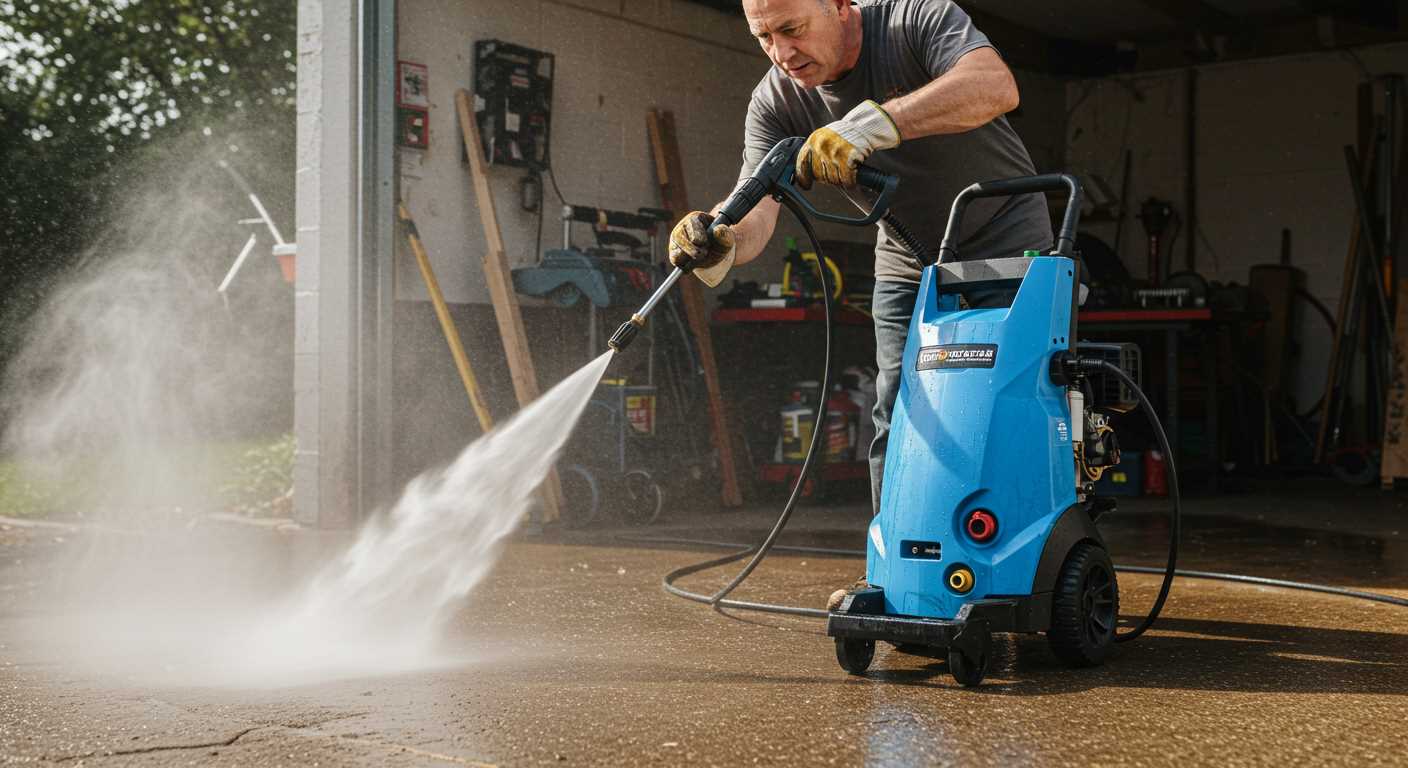




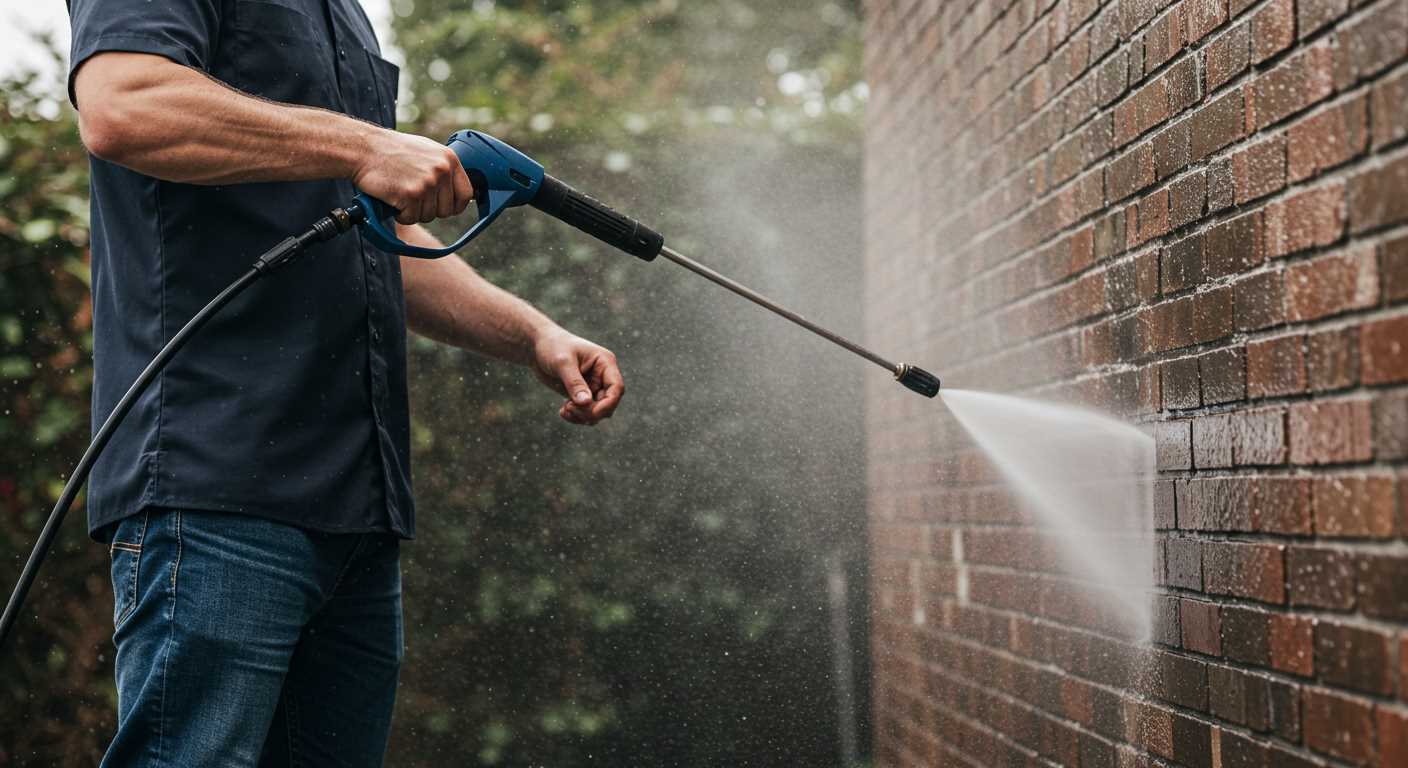
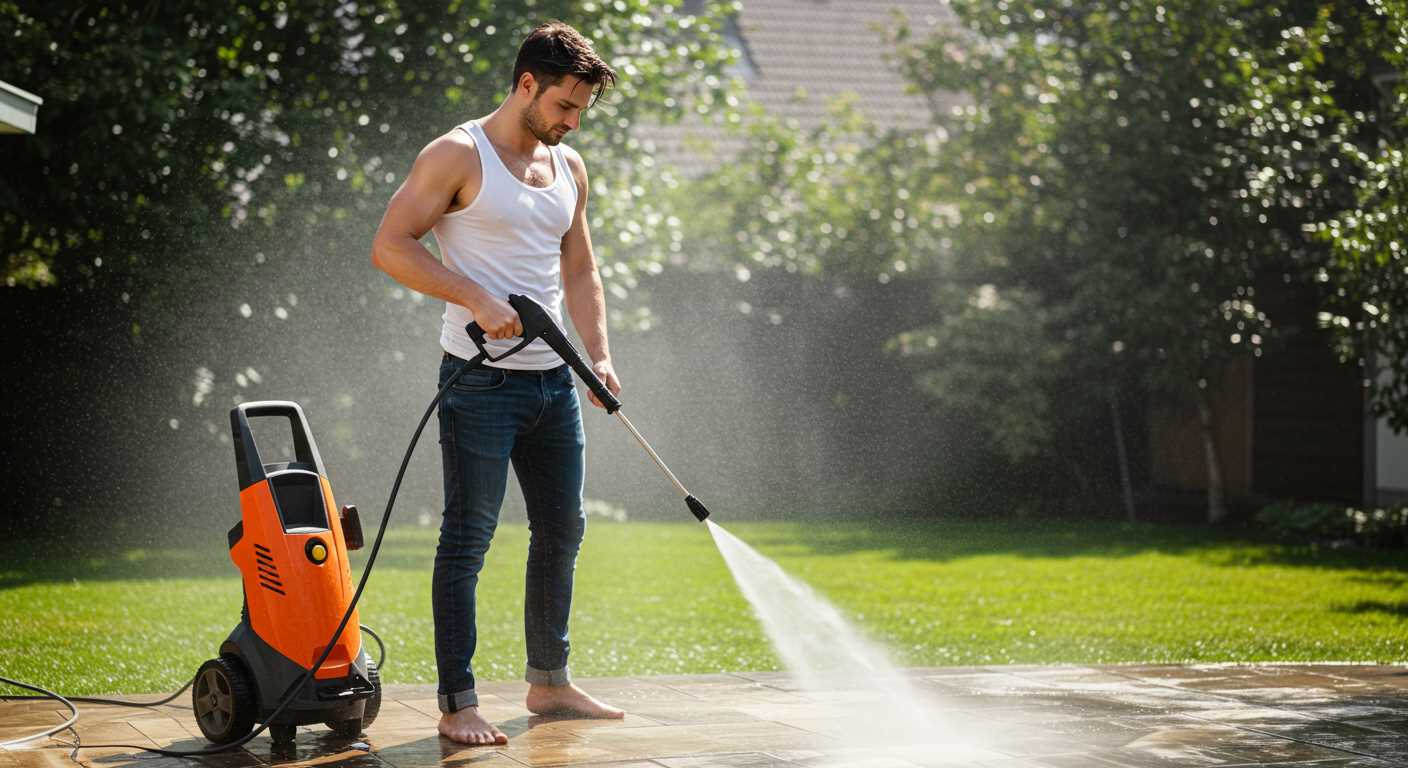
.jpg)


